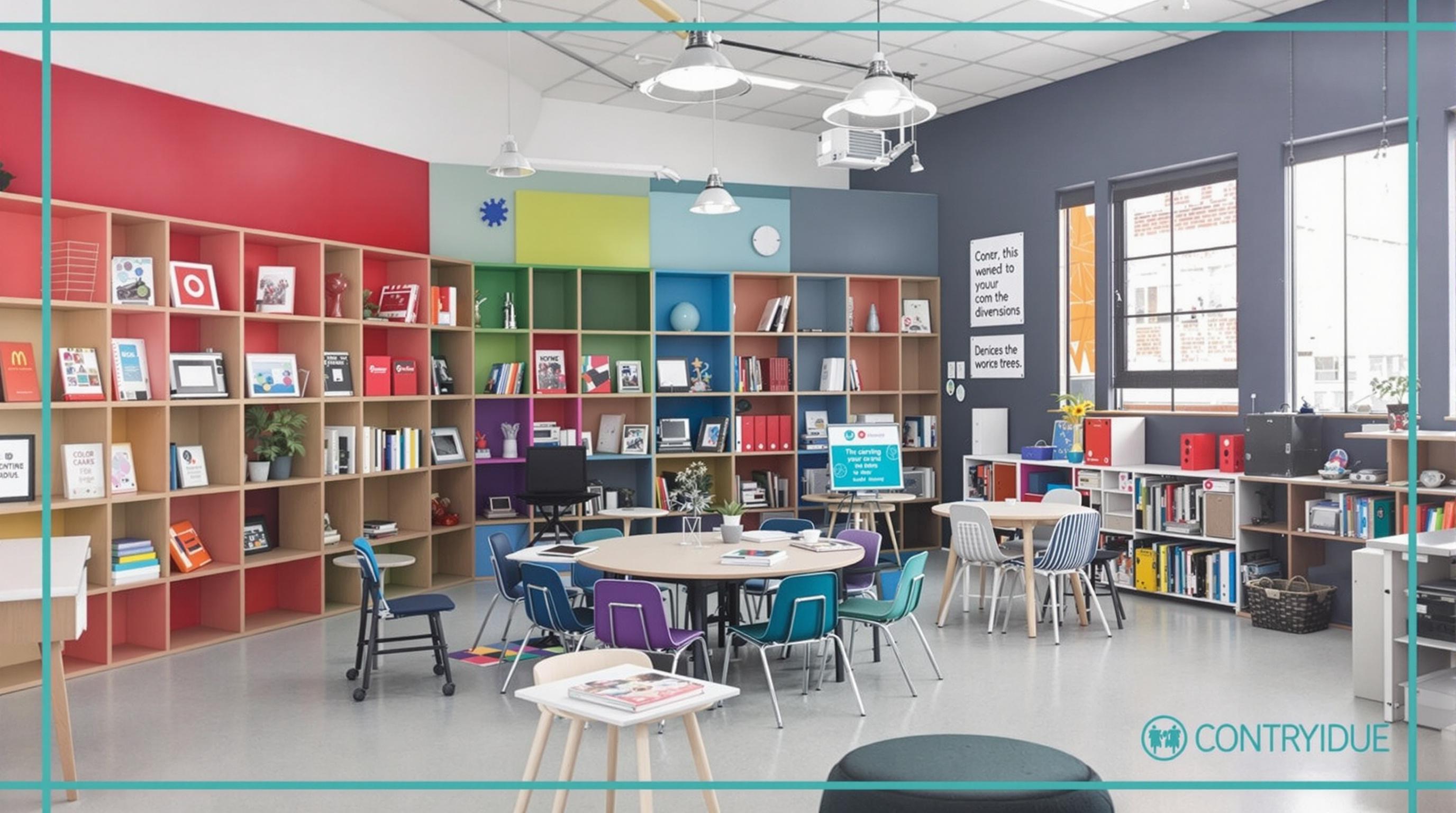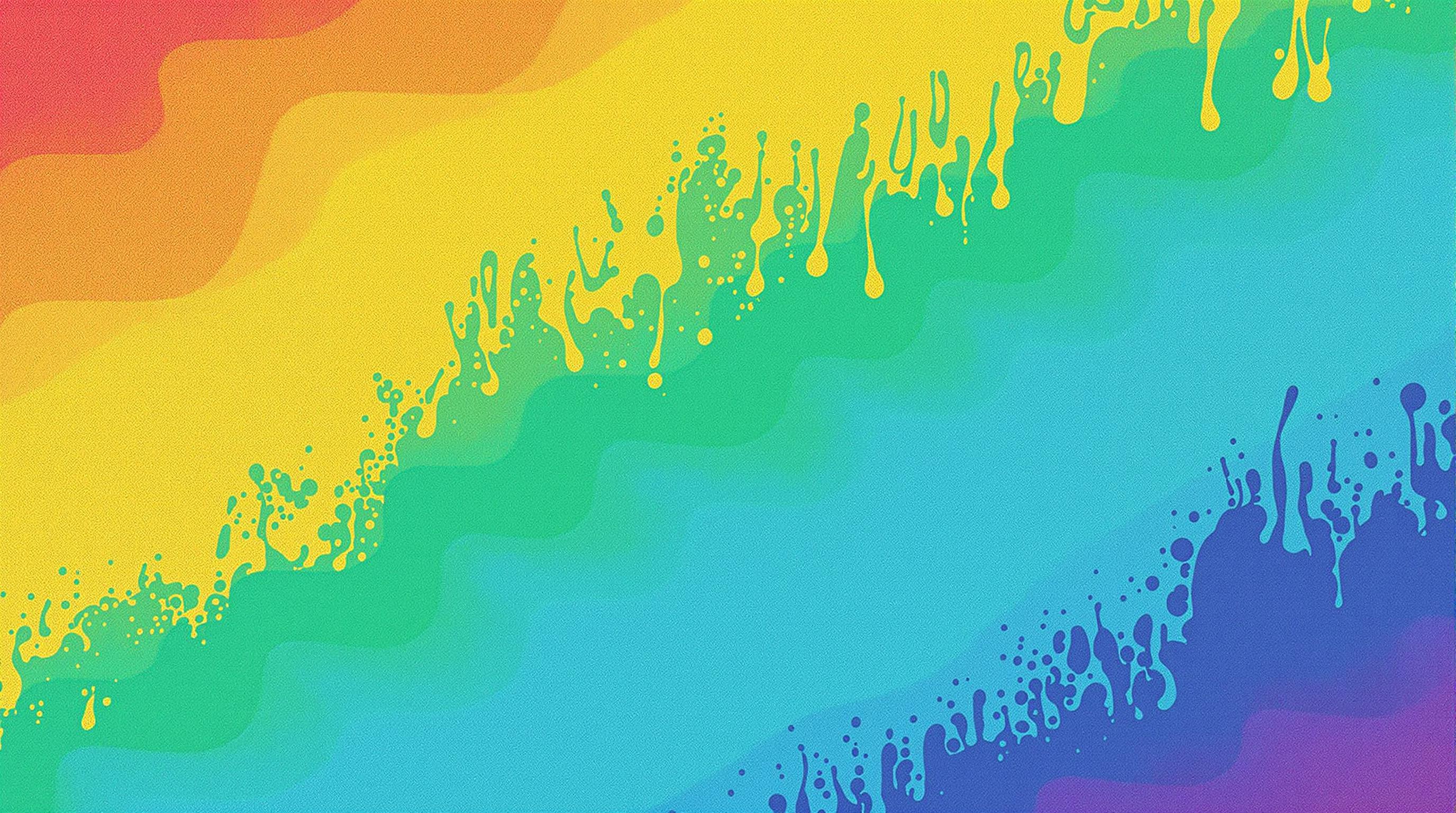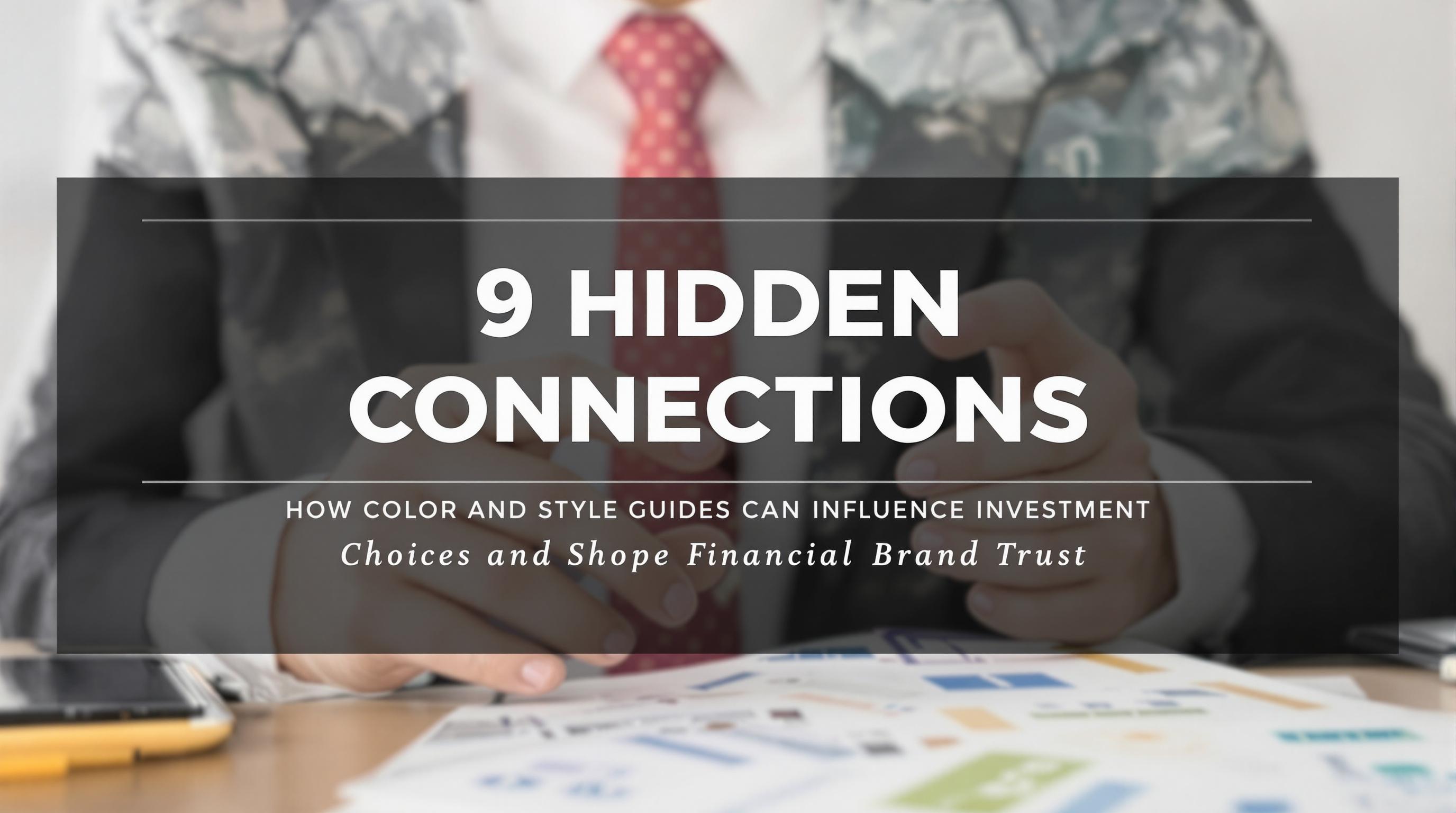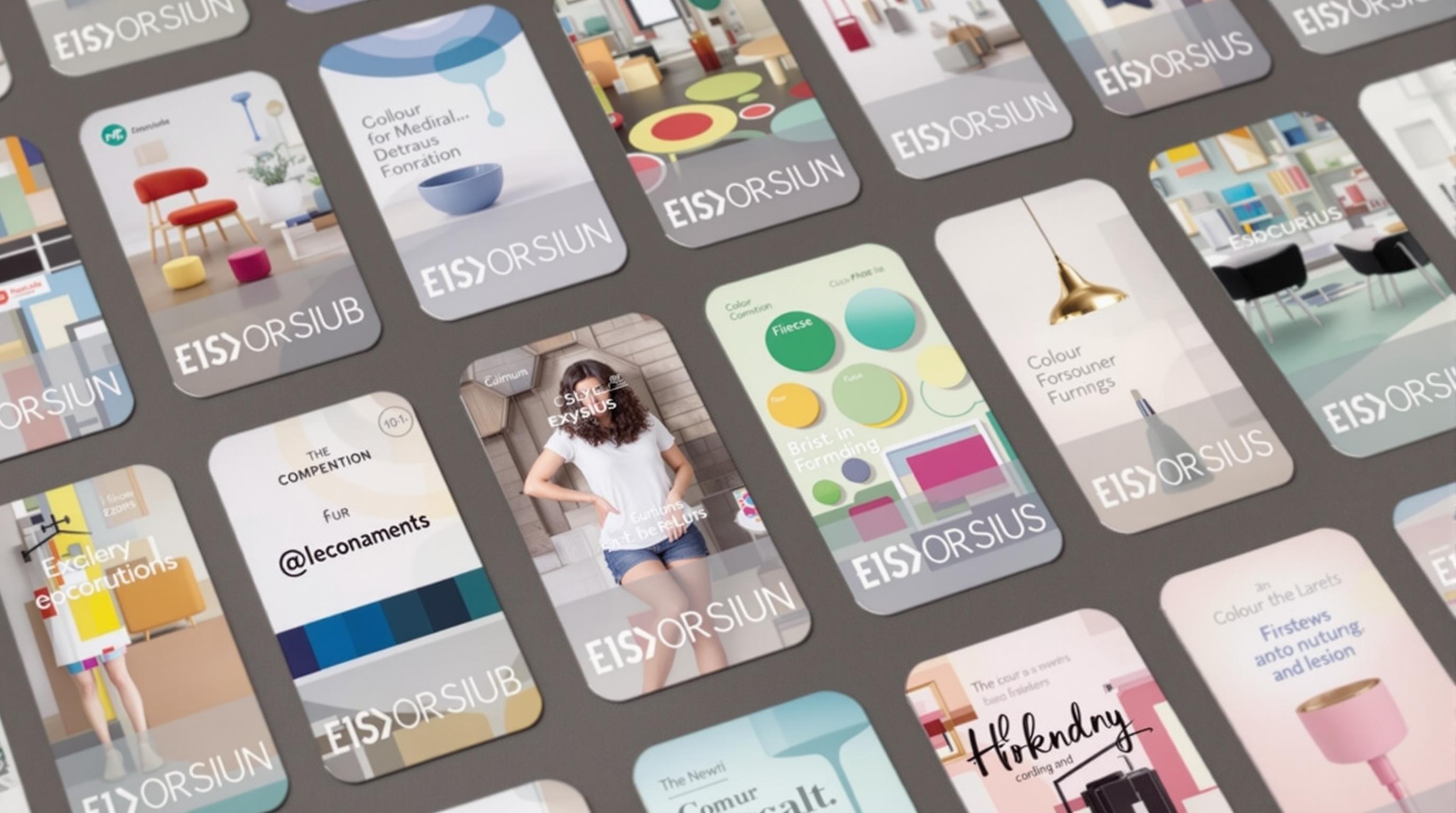Related Articles
- Bizarre Wonders: Crafting Functional Ornaments from Obsolete Household Gadgets and Oddities
- Eco-Chemistry: Innovative Projects Using Upcycled Materials from Your Kitchen for Sustainable Living
- Mystical Metamorphosis: Crafting Enchanted Home Decor from Unwanted Childhood Toys and Forgotten Doll Parts
- Color Cravings: Exploring the Unconventional Links Between Food Choices and Fashion Statements
- Hues of Controversy: The Surprising Ties Between Color Choices and Ethical Consumerism Trends
- Color Waves: Exploring the Impact of Music on Visual Aesthetics in Art and Fashion Choices
11 Surprising Links: How Color and Style Guides Shape Economic Trends and Influence Societal Movements in Modern Culture
11 Surprising Links: How Color and Style Guides Shape Economic Trends and Influence Societal Movements in Modern Culture
11 Surprising Links: How Color and Style Guides Shape Economic Trends and Influence Societal Movements in Modern Culture
1. The Psychological Impact of Color
Color significantly influences human psychology, with certain hues evoking specific emotions and behaviors. For instance, studies show blue can evoke feelings of calm and trust, while red can stimulate excitement and urgency. This psychological effect is a crucial strategy in marketing and branding, where businesses carefully select color palettes to elicit desired responses from consumers.
Colors not only impact individual behavior but also collective sentiment. In a cultural context, different societies associate colors with various meanings, which can influence social movements. For example, the use of purple in women's rights activism symbolizes justice and dignity. As colors resonate on an emotional level, they can galvanize groups around causes, leading to stronger societal movements.
Research conducted by Satyendra Singh in the journal 'Management Decision' highlights that up to 90% of snap judgments made about products can be based on color alone. This statistic underlines just how crucial the role of color is in shaping economic choices and, by extension, market trends.
2. The Influence of Fashion Trends
Fashion serves as a powerful indicator of cultural shifts and economic conditions, reflecting societal values and collective identities. Styles that take hold often mirror the prevailing mood of the times; for example, during economic prosperity, bold and extravagant styles tend to rise, while periods of austerity favor minimalism and practicality.
Moreover, fashion trends often inspire movements. The rise of sustainable fashion in recent years not only reflects growing environmental consciousness but also highlights the connection between consumer choices and ethical considerations. Designers are now motivated to create collections that resonate with consumers' desire for sustainable practices.
Fashion influencers and social media platforms have further enhanced this connection. By disseminating styles rapidly, they create a culture of immediacy that can elevate specific trends to global phenomena, often resulting in significant economic impact on industries, from textiles to retail.
3. Color Schemes in Marketing
Marketing and advertising heavily rely on color schemes to create branding and consumer engagement. Companies utilize carefully curated colors not only to distinguish their products but also to evoke desired feelings in potential customers. The right color can create a sense of familiarity and differentiation in a highly saturated market.
For example, the color orange is frequently associated with affordability and vibrancy, resulting in its popularity among discount retailers. In contrast, luxury brands often opt for sleek black and gold palettes to convey exclusivity and sophistication. This strategic use of color becomes pivotal in how brands position themselves within the economic landscape.
Additionally, color psychology is a dynamic field. As societal trends evolve, the colors that resonate may shift, leading companies to adapt their strategies continuously. This adaptability is crucial for maintaining relevance and economic viability in a fast-changing market.
4. Cultural Symbolism of Color
Colors carry profound cultural symbolism, which can transcend borders and influence global movements. For instance, the color green carries varied meanings worldwide - representing harmony and nature in some cultures while symbolizing wealth and prosperity in others. These meanings can inform societal trends and movements.
In the context of political movements, different colors often symbolize specific ideologies. The Green Party, for instance, represents environmental advocacy globally, while red is often associated with socialism in various countries. These colors play an essential role in unifying individuals around shared ideologies and objectives.
As such, the symbolism of color can significantly shape the narrative of social movements, reinforcing identities, generating solidarity, and enhancing collective action. Recognizing these cultural nuances can deepen our understanding of historical and contemporary movements.
5. The Role of Technology in Color Trends
Advancements in technology have revolutionized how colors are created, viewed, and marketed. With emerging digital tools, brands can now utilize precise color calibration methods to ensure their hues maintain consistency across various platforms and products. This precision is vital in creating a memorable brand identity.
The emergence of digital design has also enabled marketers to test color combinations quickly and efficiently. A/B testing allows brands to analyze consumer reactions to various colors in real-time, fostering data-driven decisions that impact economic trends significantly.
Additionally, platforms like Pinterest and Instagram capture visual trends, allowing users to discover and share color palettes that resonate with them. This democratization of style has shifted the product landscape, creating opportunities for brands to respond actively and effectively to consumer preferences.
6. Seasonal Color Trends and Economic Cycles
Seasonal color trends in fashion and design often reflect broader economic cycles, showcasing how societies adapt to varying economic climates. For example, bright colors may be more prominent during periods of economic growth, reflecting a sense of optimism, while muted tones may emerge during recessions as consumers gravitate towards more conservative and essential purchases.
Fashion industry leaders, such as Pantone, predict coming seasons' color trends based on a compilation of sociocultural factors, including global events and lifestyle shifts. These predictions guide manufacturers and retailers on how to align their inventories with consumer sentiments, thus influencing economic dynamics.
This cyclical relationship highlights the feedback loop between color trends and economic health. As the economy fluctuates, so too do the palettes that reflect its vibrancy or somberness, guiding consumer behavior and market opportunities accordingly.
7. The Evolution of Gendered Colors
The association of colors with gender has evolved inexplicably, with historical contexts shaping societal perceptions. In the early 20th century, pink was often marketed for boys, while blue was reserved for girls. However, by the mid-20th century, these norms flipped, embedding gendered color associations deeply within consumer culture.
This transition illustrates a broader social movement towards more rigid definitions of gender, influencing marketing, fashion, and consumer behavior in poignant ways. As society works to dismantle traditional gender constructs, brands began to adopt more inclusive color palettes that challenge the binary framework.
Such shifts can drive economic behavior as consumers seek products that resonate with their evolving identities. Brands that embrace this newfound inclusivity often experience heightened engagement and loyalty among consumers who appreciate authentic representation.
8. The Connection Between Color and Globalization
In an increasingly globalized marketplace, color becomes a vital tool for brands aiming to appeal to diverse cultural contexts. As companies seek audiences beyond their borders, understanding the color meanings that vary across cultures is essential for effective branding, marketing, and communication strategies.
Simplistically sharing a brand color may lead to unintended consequences; for example, a color representing prosperity in one culture may be associated with misfortune in another. Navigating these complexities allows brands to capitalize on global markets strategically, but missteps can lead to significant economic backlash.
This interconnectedness illustrates how color and style guide not only local economic trends but also shape global consumer behavior. By recognizing cultural color preferences, brands can foster meaningful connections worldwide, reflecting societal values that transcend geographic boundaries.
9. Color in Social Media Movements
Social media platforms have become vital arenas for activism, where color plays a crucial visual role in mobilizing support. From the pink of the Women's March to the rainbow of LGBTQ+ pride events, colors serve as symbols that convey powerful messages and unite individuals under a common cause.
Color's role in social media movements is not just aesthetic; it also drives engagement and visibility. Hashtags paired with specific colors can create viral trends, drawing attention to critical issues and influencing public sentiment. The reach of digital platforms amplifies the impact of these colors, creating an immediacy and urgency that accelerates social change.
As visual identities shape the narrative of these movements, organizations increasingly leverage color symbolism in their campaigns. From branding to aesthetic choices, the strategic application of color can enhance the emotional resonance of messages, making economic contributions to charitable causes and community initiatives.
10. Future Trends: Urban Design and Color
Urban design is another creative sphere where color and style influence societal movements and economic trends. Cities are increasingly embracing vibrant colors in public architecture and spaces as developmental strategies for sociocultural revitalization. Unique color schemes can foster community identity and pride while attracting tourism and investment.
Public art installations often utilize bright palettes to engage locals and visitors alike, transforming urban environments into culturally rich landscapes. These trends reflect a shift in how governments and organizations perceive color; it is an investment in social and economic capital rather than frivolity.
This intersection of color, design, and economics illustrates a vibrant future where color not only beautifies public spaces but also plays a pivotal role in community wellbeing and economic resilience. By embracing this palette, cities worldwide are bridging the gap between art and commerce.
Conclusion
The intricate relationship between color, style guides, and economic trends reveals an interconnectedness that profoundly shapes modern culture. While color influences individual psychology, it also drives collective social movements. Fashion, marketing, and urban design serve as critical facets through which these relationships play out, informing both economic and cultural landscapes.
As society continues to progress, it is essential to recognize the fluidity of color meanings and implications, acknowledging the role of technology and globalization in shaping contemporary dynamics. Tomorrow's trends will undoubtedly evolve, reflecting our values and beliefs as they manifest in color.
By understanding how color and style interrelate with economic trends and societal movements, we open avenues for deeper connections and insights. As consumers, creators, and advocates, awareness of these links can empower us to participate more meaningfully in our communities.




